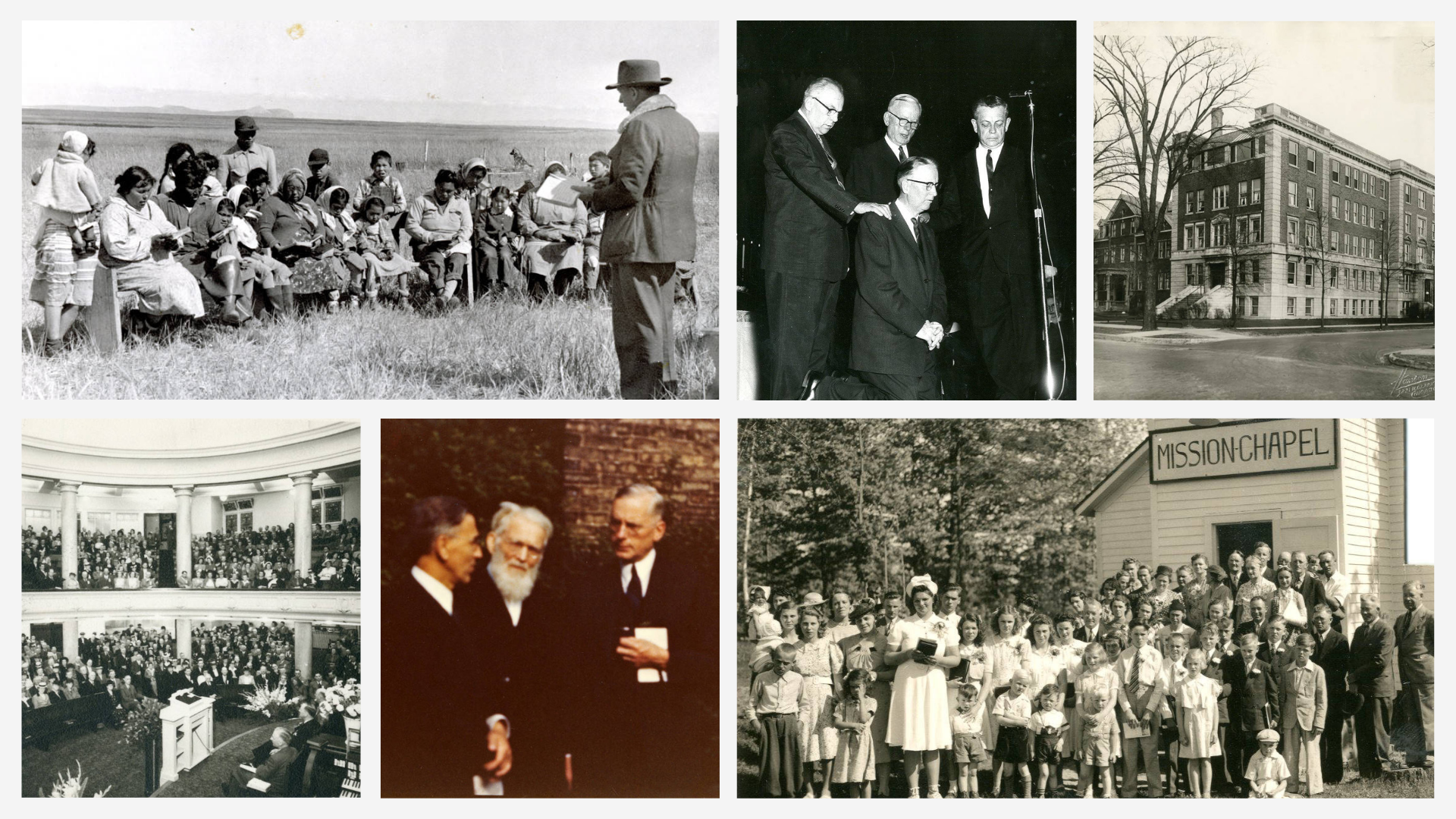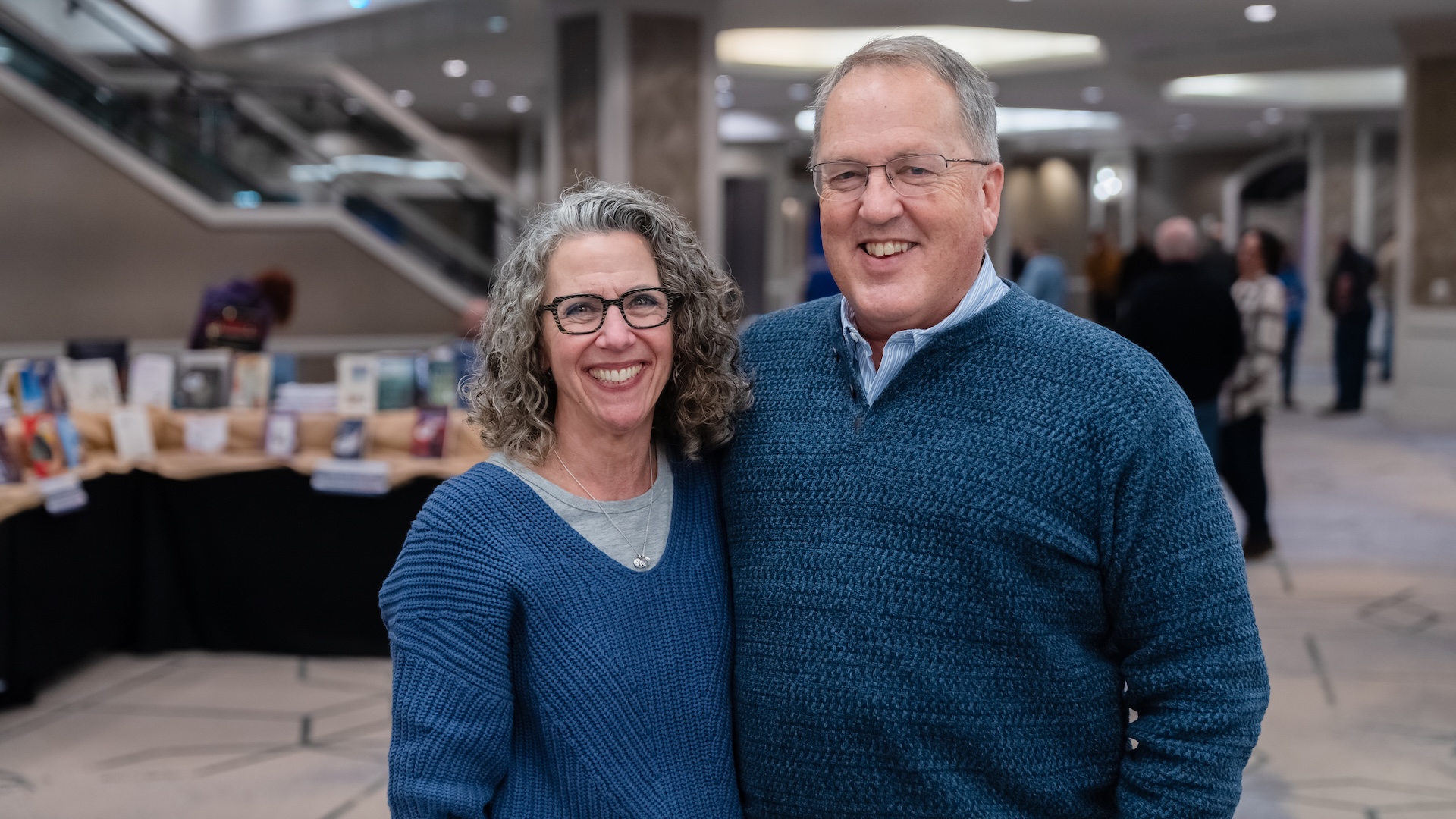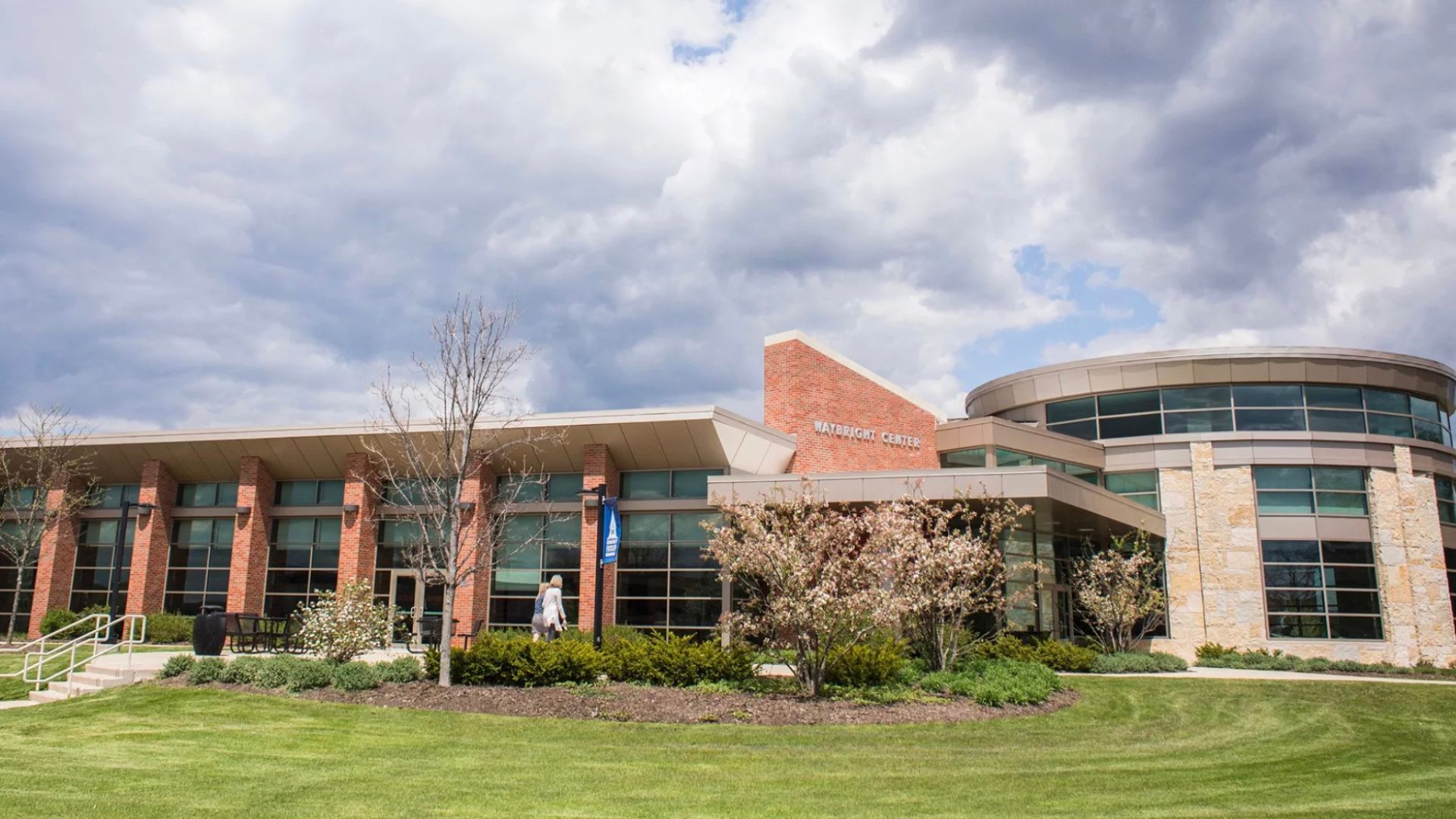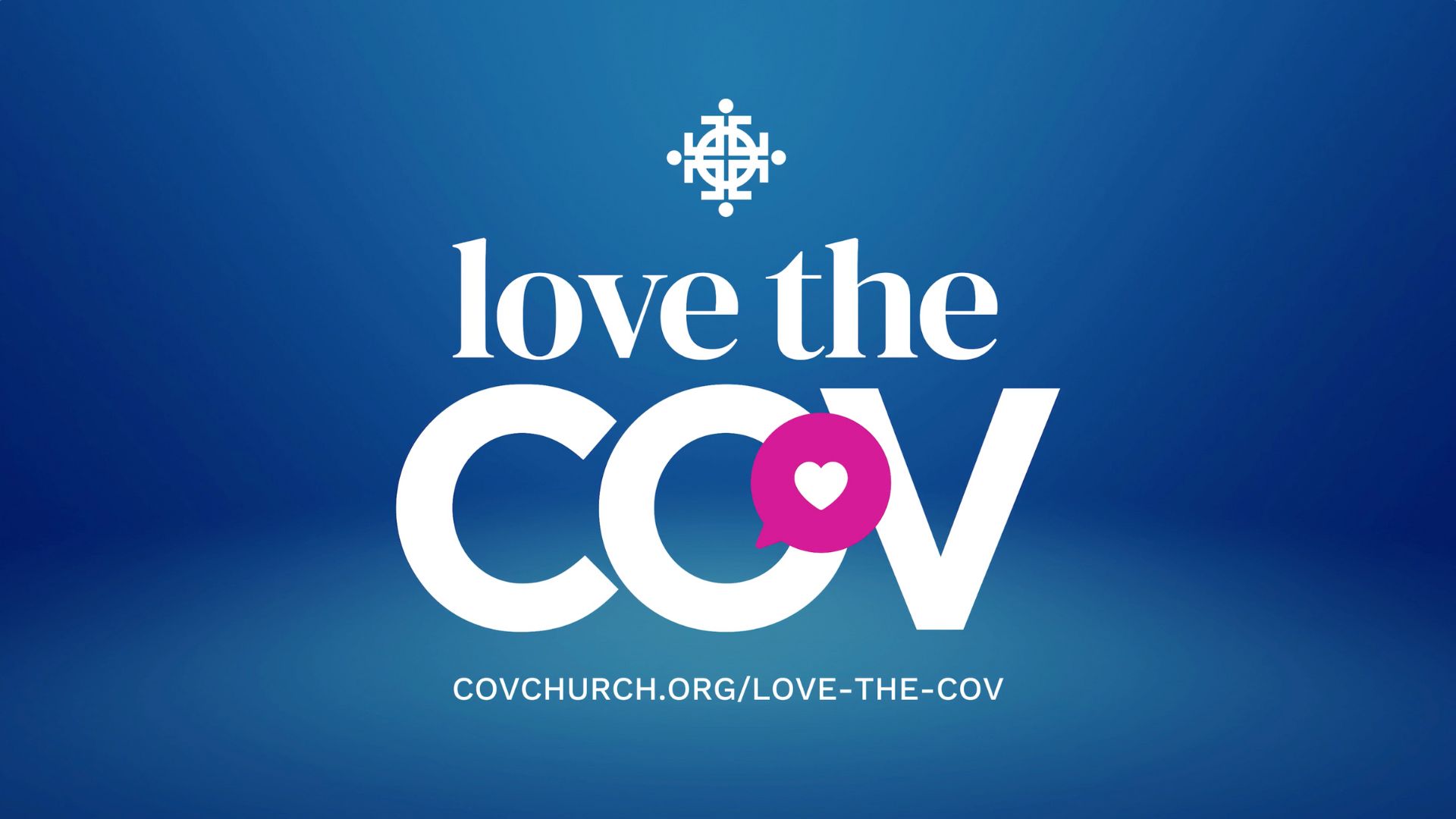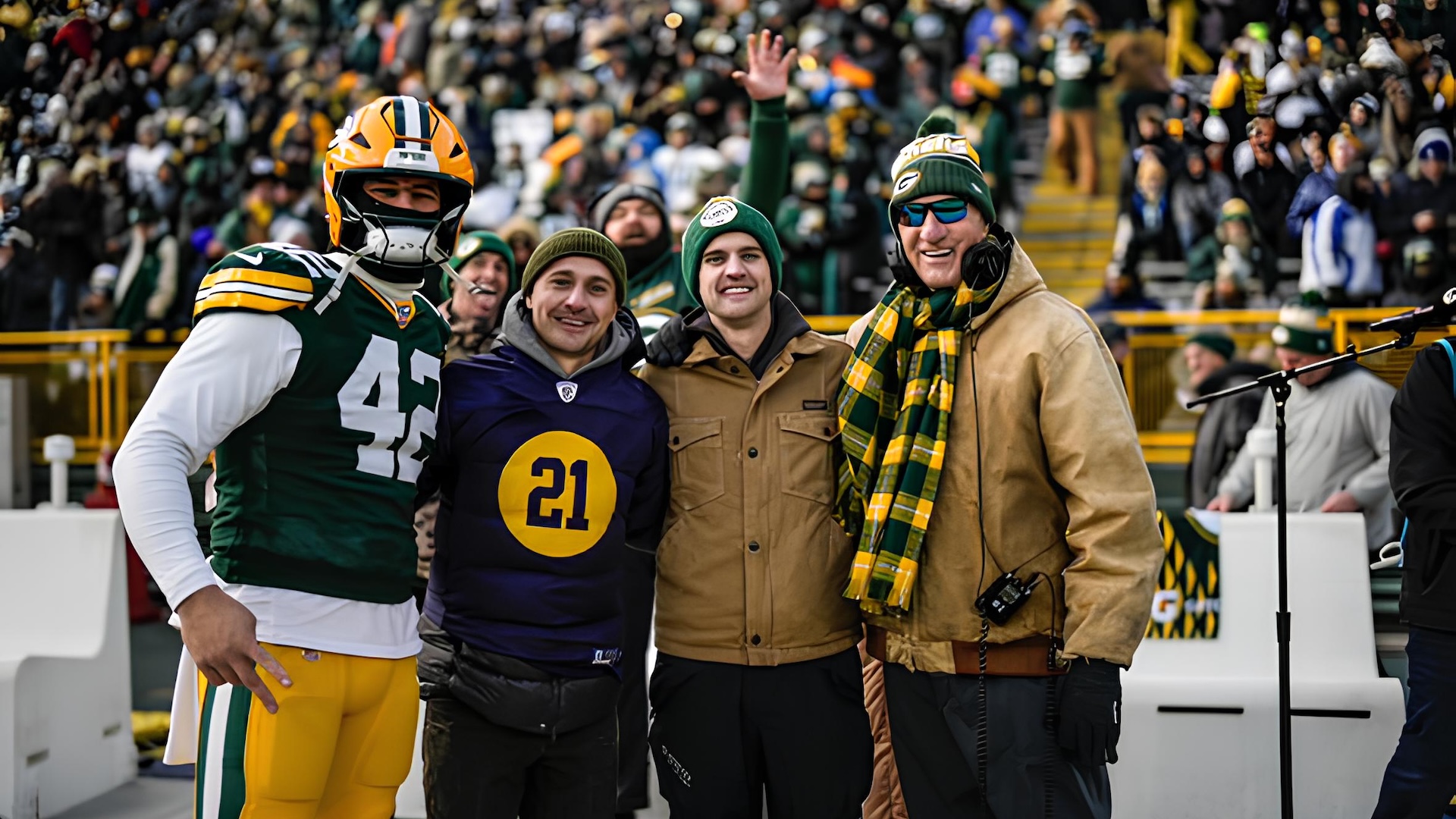PORT-AU-PRINCE, HAITI (March 16, 2011) – Editor’s note: This report is part of a week-long series of articles written by Stan Friedman, news editor for Covenant News Service, who spent five days accompanying a five-member medical team from the United States providing care to Haiti residents during a two-week volunteer mission.
By Stan Friedman
Grants from Covenant World Relief enabled Medical Teams International (MTI) to open cholera treatment clinics in two northwest Haiti communities that were being overwhelmed by cholera.
“We would not have been able to start the clinics without the funds from Covenant World Relief,” says Ted Steinhauer, the country director for Medical Teams International.
 Since the outbreak of the deadly disease last October, the clinics have treated more than 9,000 people, saving most of their lives, says Steinhauer. At the height of the outbreak, the clinics in the communities of La Pointe and St. Louis du Nord were each seeing 150 patients a day.
Since the outbreak of the deadly disease last October, the clinics have treated more than 9,000 people, saving most of their lives, says Steinhauer. At the height of the outbreak, the clinics in the communities of La Pointe and St. Louis du Nord were each seeing 150 patients a day.
They kept coming. One after another after another. Often there was no place for the patients to lie except on the ground outside. One woman’s family brought her in a wheelbarrow, which ultimately served as her bed.
Jo Hauser, a Canadian physician volunteering with MTI, wrote on his blog that when he and others on his team arrived at the St. Louis du Nord clinic, “we were confronted by a room awash with bodies. They had had three deaths overnight and the staff was exhausted.
“There was a line of patients at the door, mothers with children lying in their arms in advanced stages of dehydration. The families had waited through the night at home and had come to the clinic at first light. An elderly woman arrived strapped to a fence door. She was so dehydrated she couldn’t raise her head.”
“Cholera can kill you within hours – and yet it’s so easily treatable!” says Alex Areces, the MTI deputy director for the country, frustrated at the loss of life.
 The treatment involves rehydrating the patients with Ringer’s Lactate (RL), a solution that contains electrolytes that are lost through dehydration. Intravenous bags containing the potentially life-saving solution hung everywhere as medical people tried to keep the patients alive.
The treatment involves rehydrating the patients with Ringer’s Lactate (RL), a solution that contains electrolytes that are lost through dehydration. Intravenous bags containing the potentially life-saving solution hung everywhere as medical people tried to keep the patients alive.
Frequently, the supplies dwindled to near zero. Areces recalls that at one point, “We were down to the last of our LR. We had all of those patients there and we would have run out of LR the next day – the next day – if we hadn’t gotten the money from the Covenant.”
Getting the medicine where it was needed was just as difficult. Due to the remote locations of the two clinics and the near inaccessibility via roads, United Nations helicopters were needed to deliver it. Missionary Aviation Fellowship planes also helped.
At one point, planes flew Steinhauer and medical supplies through “holes” in hurricane Tomas. “That was a fun ride,” he says.
Providing volunteers also was a major undertaking. Medical Teams has deployed more than 100 medical professionals to the two facilities.
The stench of vomit, feces, and bleach permeated the air as people lost body fluids that were hard to stanch, and the staff tried to keep up with cleaning the mess.
“I had doctors who came down here right after the earthquake and did fine, but who had a real hard time working in the cholera clinics,” says Fabienne. “Watching people die of dehydration is so painful.”
To read earlier stories, click on the links below:



